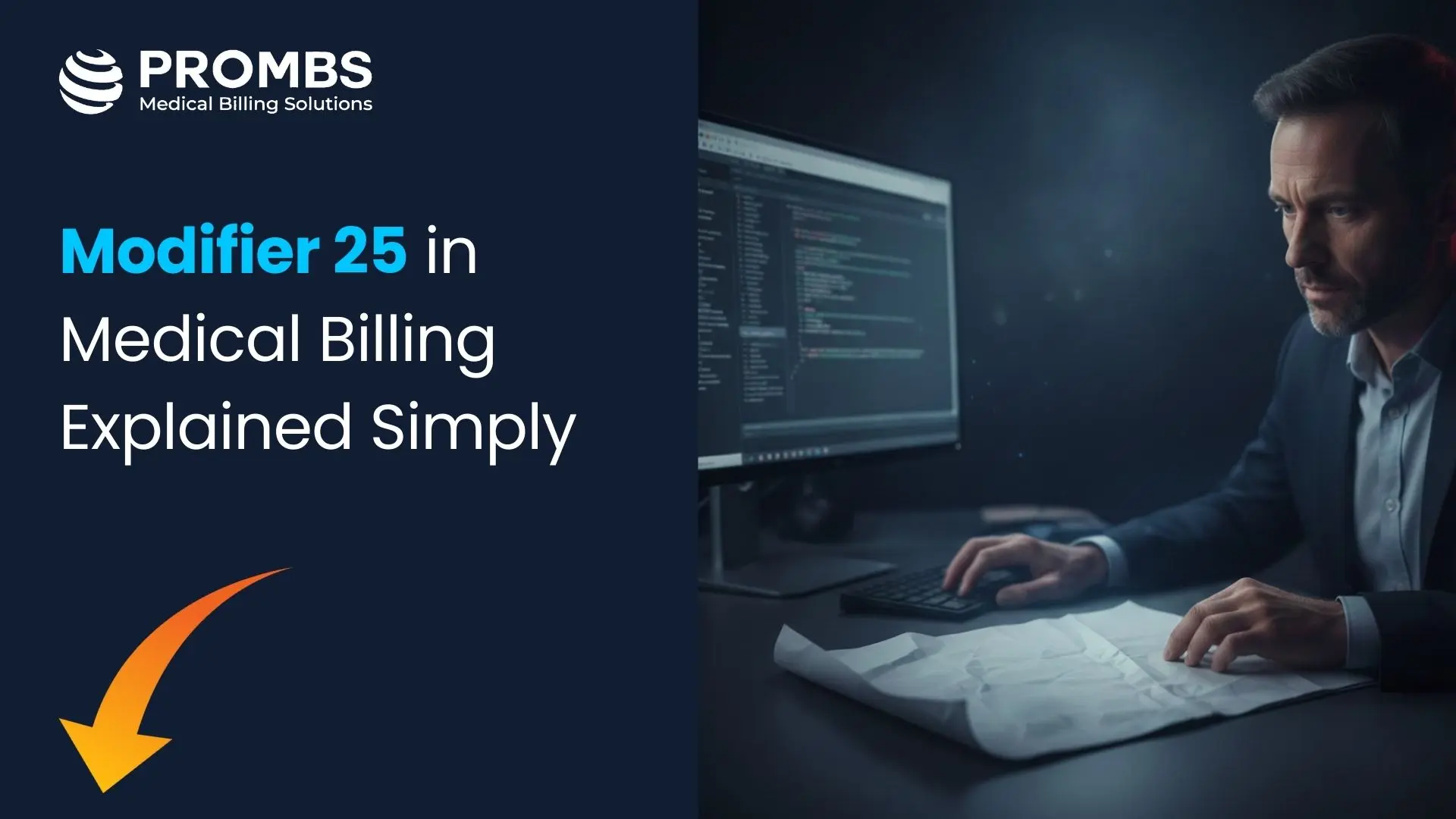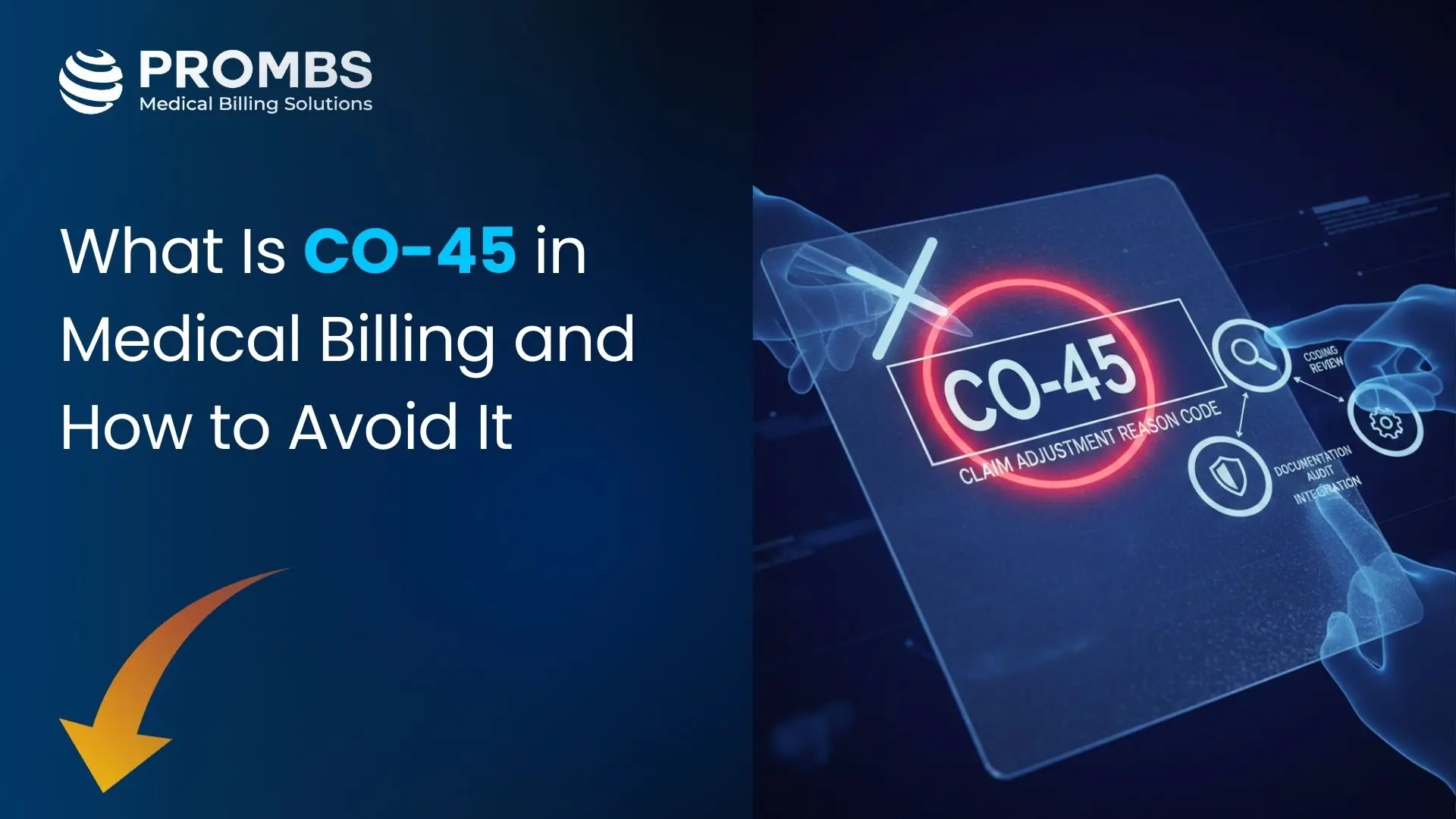Why GERD Coding Matters in 2025
ICD-10 Code K21.9. You may have heard this code multiple times. According to the American College of Gastroenterology (ACG), Gastroesophageal reflux disease (GERD) is one of the most commonly diagnosed gastrointestinal disorders in the United States, affecting over 20% of adults.
GERD is not only prevalent but also often overlaps with chronic conditions like obesity, diabetes, and respiratory issues. For healthcare providers, especially those in internal medicine, accurate coding for GERD is essential for proper reimbursement, compliance, and avoiding audit risks.
As of 2025, payers have become more aggressive in auditing claims involving chronic GI conditions, especially when unspecified codes like ICD-10 code K21.9 are used incorrectly. This blog will walk you through everything you need to know about ICD-10 code K21.9, including when to use it, how to avoid common pitfalls, and the latest 2025 billing updates to stay compliant and ensure optimal reimbursement.
What You’ll Learn:
- What ICD-10 code K21.9 represents and when it should be used
- How to document GERD to meet payer expectations
- Tips to avoid audits and denials
- The importance of specificity in GERD coding
- How Pro-MBS helps practices stay compliant and profitable
What Is GERD?
Gastroesophageal reflux disease (GERD) occurs when stomach acid repeatedly flows back into the esophagus, leading to symptoms like heartburn and regurgitation. This backflow, or acid reflux, can cause:
- Heartburn
- Regurgitation of food or sour liquid
- Chest pain
- Hoarseness or sore throat
- Chronic cough or asthma-like breathing issues
According to MedlinePlus, 60 million Americans experience heartburn at least once a month, and 15 million experience daily symptoms. The importance of properly coding these symptoms cannot be overstated, as improper documentation can lead to denials or payment delays.
The Importance of Accurate GERD Coding in Billing
GERD is more than just a common diagnosis; it’s a high-impact condition that affects reimbursement rates and audit outcomes. Here’s why precise documentation is crucial for GERD coding:
- Accurate reimbursement for GERD treatment depends on proper coding.
- Claims are less likely to be denied or flagged for audit when clear and specific codes are used.
- Patient history is better represented in medical records, ensuring continuity of care.
- Proper coding supports risk scores for value-based care models.
Understanding ICD-10 Code K21.9: GERD Without Esophagitis
ICD-10 Code For GERD: K21.9
ICD-10 code K21.9 is used when endoscopic examination confirms that there is no esophagitis. This is an unspecified code and should only be used when esophageal damage is not present. Do not confuse ICD-10 code K21.9 with ICD-10 code K21.0, which is used when there is evidence of esophagitis.
Using ICD-10 code K21.9 when esophagitis is documented can trigger payer denials or audits. Ensure your documentation clearly supports the use of this code to avoid these issues.
K21.9 vs K21.0 vs K21.01: Key Differences
It’s essential to understand the distinction between ICD-10 code K21.9, ICD-10 code K21.0, and ICD-10 code K21.01 to avoid errors in coding. The table below summarizes these differences:
| Code | Clinical Description | Key Distinction |
|---|---|---|
| K21.9 | GERD without esophagitis | No inflammation of esophageal mucosa |
| K21.0 | GERD with esophagitis, without bleeding | Inflammation present, no bleeding |
| K21.01 | GERD with esophagitis, with bleeding | Most severe form with inflammation & bleeding |
When is ICD-10 code K21.9 Appropriate To Use?
Use ICD-10 code K21.9 for the diagnosis of GERD in the following cases:
- Endoscopic examination shows no evidence of esophagitis.
- The provider’s assessment confirms “GERD without esophagitis”.
- Medical records do not mention any esophageal inflammation or erosion.
This code is typically used when GERD symptoms occur more than twice a week without causing esophageal damage.
| CPT Code | Description | Notes |
|---|---|---|
| 43210 | Esophagogastroduodenoscopy with fundoplasty | Used for endoscopic GERD treatment |
| 43236 | EGD with submucosal injection | Used for bulking agent injection for GERD |
| 43257 | EGD with thermal energy delivery | Stretta procedure for GERD treatment |
| 43192 | Rigid esophagoscopy with submucosal injection | Used for injection in GERD treatment |
| 43201 | Flexible esophagoscopy with submucosal injection | Common for bulking agent injection |
Documentation Best Practices for ICD-10 code K21.9
| Documentation Element | Why It Matters |
|---|---|
| GERD diagnosis | Confirms medical necessity |
| Symptom details | Justifies treatment |
| Diagnostic findings (e.g., endoscopy) | Confirms absence of esophagitis |
| No mention of esophagitis | Justifies use of unspecified code (K21.9) |
| Treatment plan | Reflects clinical decision-making |
Avoiding Audit Triggers in 2025
To minimize audit risks, treat ICD-10 code K21.9 as a diagnosis of exclusion, not a default. Here are critical tips for keeping your claims clean:
💡 Tip:
- Document test results confirming the absence of esophagitis
- Avoid vague terms like "reflux" or "GERD" without clear context
- Update diagnoses if new findings (like esophagitis) arise
- Include contributing conditions like obesity, smoking, or diabetes
Pro-MBS: Helping Internal Medicine Practices Code GERD Right
We specialize in helping internal medicine practices navigate complex coding challenges related to GERD. Here’s how we support you:
- Auditing GERD claims for accuracy and compliance
- Training providers to document based on evidence and specificity
- Reducing denial rates tied to ICD-10 code K21.9 misuse
- Supporting chronic care billing with linked codes like obesity (E66), hiatal hernia (K44), and diabetes (E11)
By partnering with Pro-MBS, your practice can ensure compliance, improve coding accuracy, and achieve better outcomes in terms of both reimbursement and patient care.



